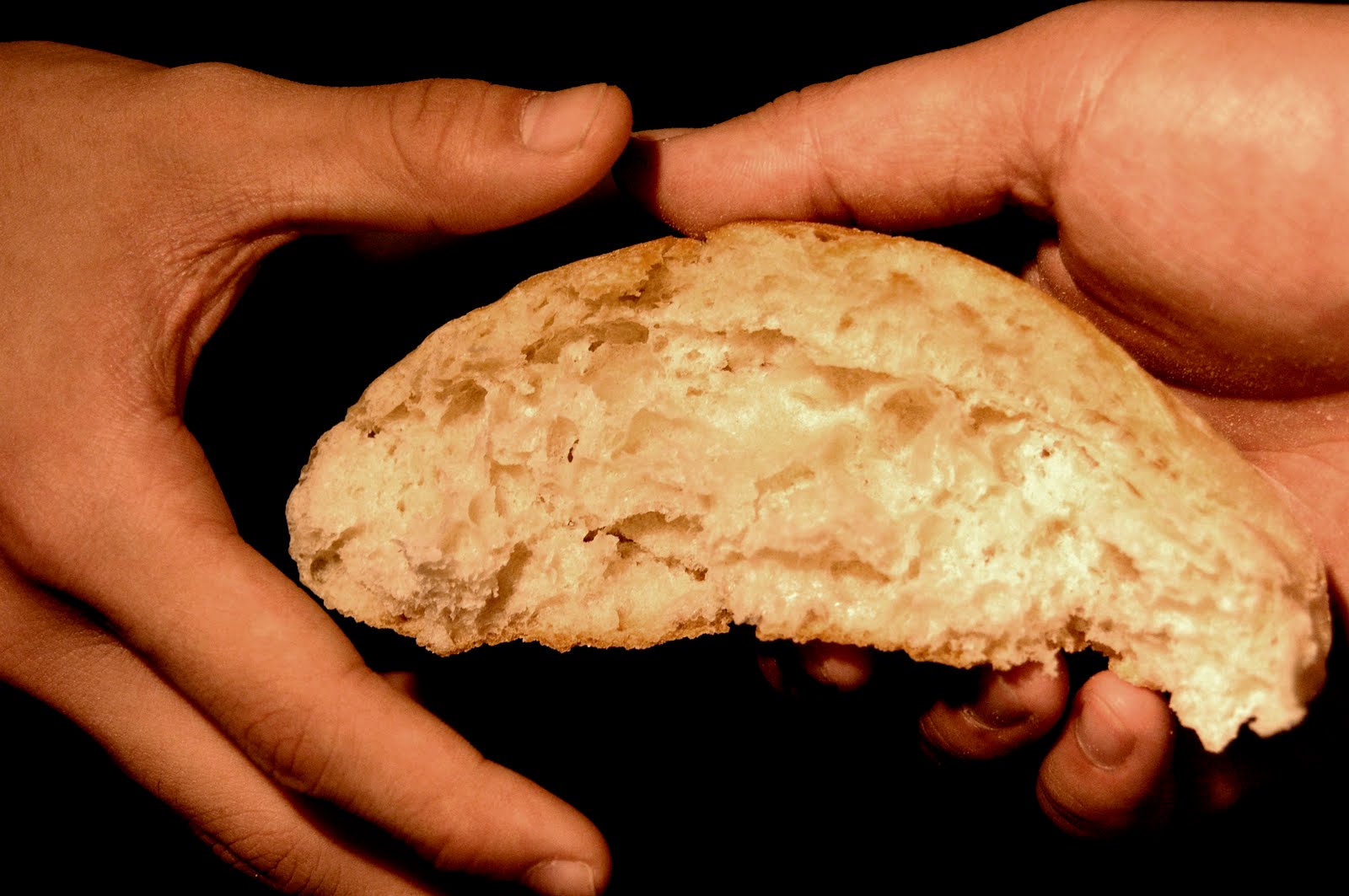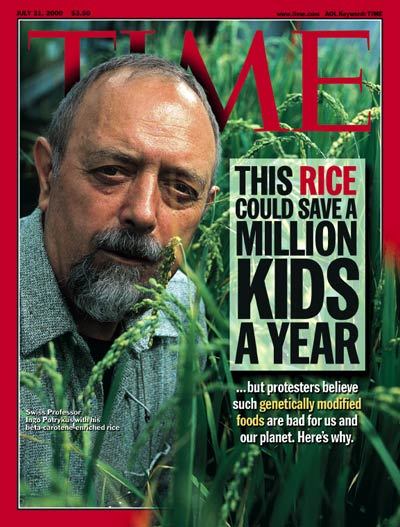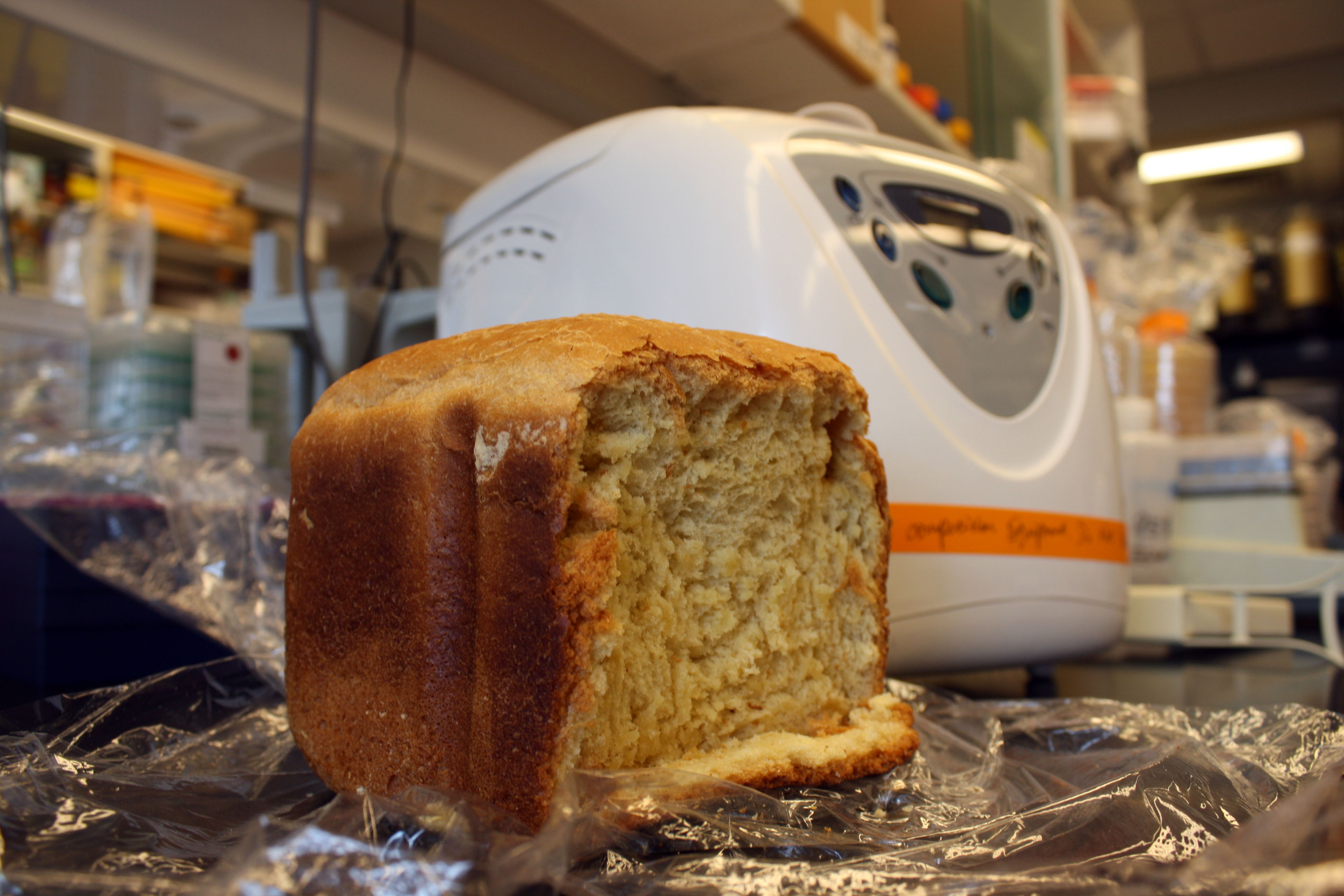Human Practices
By using the IRB system to validate and approve our survey of attitudes toward genetically-modified foods, we are bringing the typical iGEM survey up to a new standard. Surveys conducted under the auspices of the IRB produce results fit for publication.
Despite the promise of VitaYeast, its reception might still be hindered by the public's concerns with genetically modified food. These concerns typically include, but are not limited to, safety and environmental impact. However, as technology advances and more natural resources are depleted, the impact of genetic modification will become more significant to society. Therefore, in addition to our wet-lab experiments, we hope to gather data to help us understand the concerns of both the developing world and local communities regarding genetic modification and the global food supply. While we stand firm in our faith of synthetic biology as a powerful tool for addressing global health needs, it is critical that we place our solution on a firm path towards global adoption.
Golden Rice
One of the first things we investigated in the Human Practice Division was [http://www.goldenrice.org/ golden rice]. Like VitaYeast, it synthesizes beta carotene. Crucially, it also has been studied. Because of golden rice, we know what obstacles we may run into once VitaYeast is developed.
Although hailed by TIME magazine as [http://www.time.com/time/magazine/article/0,9171,98034,00.html "grains of hope"] that could "save million kids a year," many people had problems with the fact it was genetically modified. Also, in certain African countries, humans tend to eat white grains, while animals ate the colored grains. Urging the people in those countries to eat golden rice was the equivalent of telling one to eat something that looked like dog food to get the daily recommended dosage of vitamins.
On top of the problems of local acceptance, Golden Rice faced many many [http://www.goldenrice.org/Content2-How/how4_regul.html "regulatory hurdles"]. Despite securing intellectual property rights in 2000, the Golden Rice website states that the project will only get final regulatory approval sometime in 2012. One of these requirements is to have a 'regulatory clean event,' which means that the inserted DNA must have been inserted 'cleanly' as defined by regulatory bodies. Examples of 'unclean' events are when the DNA inserts itself multiple times in the host genome, when the arrangement of multiple genes is different from the original plan, or when residual or 'ballast' DNA integrates with the desired genes. To find clean lines, one must screen 100's of colonies. Utilizing a private partnership, the first viable regulatory clean event in Indian rice varieties was procured in 2003.
Although the original intention was to conduct the first agricultural trial in a developing country, it was conducted at Louisiana State University in 2004. The reason was that no suitable regulatory bodies for new GM crops are in place in developing nations. The US have such bodies in place so the first agri trials were conducted there in accordance with their requirements.
Taken from a [http://www.goldenrice.org/PDFs/Nature_Opinion_Potrykus_2010.pdf "Nature Opinion paper"] written by the Head of the Golden Rice Humanitarian Board, the remaining hurdles to pass are essentially repeats of what was gone through before. They are now creating new varieties for different farming situations and will need regulatory clean events for each new strain.
Differences
Our team feels that our VitaYeast is different in many ways that may be crucial to a well-received response from the general public. A tiny fraction of the bread recipe is yeast. A VitaBread will likely be the same color as normal bread that one may buy in the supermarket. Theoretically, one could have largely organic bread, where the only GM portion is our VitaYeast. That little portion will provide the necessary biofortification.
As per government policy, US supermarket varieties of white bread do employ fortification, but not biofortification. This means that the necessary micronutrients such as folic acid are added to the bread mix directly. The advantage we see in biofortification of organisms is the ability for developing nations to adopt the organism for little extra cost.
Breadmaking
To test the feasibility of using our VitaYeast for bread, our team baked bread with it. Our bread is not for human consumption at the moment, as more extensive testing must be done to ensure that it is not harmful to humans. We will, however, use the bread to gauge the reactions of other people to the idea of VitaBread.
Genetically Modified Food Survey
The human practices team decided to develop a survey to determine how favorably or unfavorably our VitaYeast is received. We want to see whether the public views our VitaYeast products differently from other GM products.
Having gained Institutional Review Board (IRB) approval from the Johns Hopkins University School of Medicine, we have begun surveying Baltimore's Northeast Market and Lexington Market.
To view our latest draft of the survey, please click here.
Future Plans
We aim to secure IRB approval by exemption to distribute our survey in Baltimore markets and schools. After the iGEM conferences, we will collaborate with other Baltimore Universities to publish a paper on our results. During our research on the survey, we noticed that opinions on GM foods differed across various developing nations. For example, the residents of the Shanxi province of China seemed receptive to the idea of [http://www.ncbi.nlm.nih.gov/pubmed/19815041 GM rice]. For this reason, we see great potential in a future multinational survey. We hope to later add to the growing body of work on the public acceptance GM foods and see how our VitaYeast fits into the debate, both in Baltimore and abroad.
 "
"






